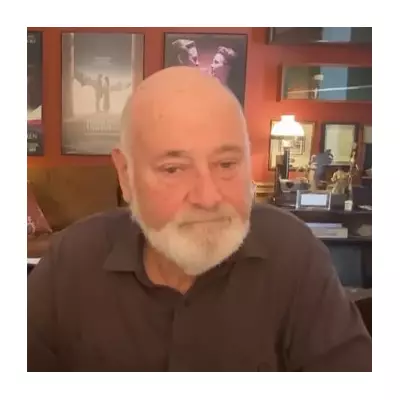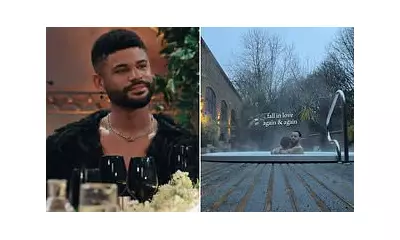
In the summer of 1972, a teenage girl sat transfixed before her family's television set, unaware that a single performance would unravel everything she thought she knew about her own identity. The catalyst for this personal revolution wasn't a therapist or a book, but an androgynous rock star named David Bowie performing as Ziggy Stardust on Top of the Pops.
The Moment That Shattered Certainty
As Bowie draped his arm casually around guitarist Mick Ronson, singing "Starman" with an otherworldly confidence, something fundamental shifted. "I had believed myself to be a lesbian," the author recalls, "but watching Bowie—beautiful, masculine, feminine, and utterly compelling—I realised my attractions weren't limited to one gender."
Navigating Identity in a Binary World
Growing up in 1970s Britain offered limited vocabulary for sexual fluidity. The author describes feeling trapped between categories: "Lesbian didn't quite fit, but neither did straight. Bowie showed me there were more than two ways to be."
His gender-bending presentation created what she calls "permission space"—a cultural opening that allowed for questioning established norms about sexuality and identity.
The Lasting Impact of Cultural Icons
Decades later, the author reflects on how Bowie's artistic courage paved the way for her personal truth. "He wasn't just performing songs; he was performing possibility. His androgyny wasn't a gimmick—it was an invitation to imagine ourselves differently."
Beyond Labels: Finding Authenticity
The journey from confusion to self-acceptance wasn't immediate. It required untangling internalised expectations and societal pressures. "Bowie gave me the visual language for what I felt inside but couldn't yet articulate," she explains.
This revelation underscores the profound power artists hold in shaping not just culture, but individual lives. Sometimes, the most important truths about ourselves are revealed through someone else's art.





